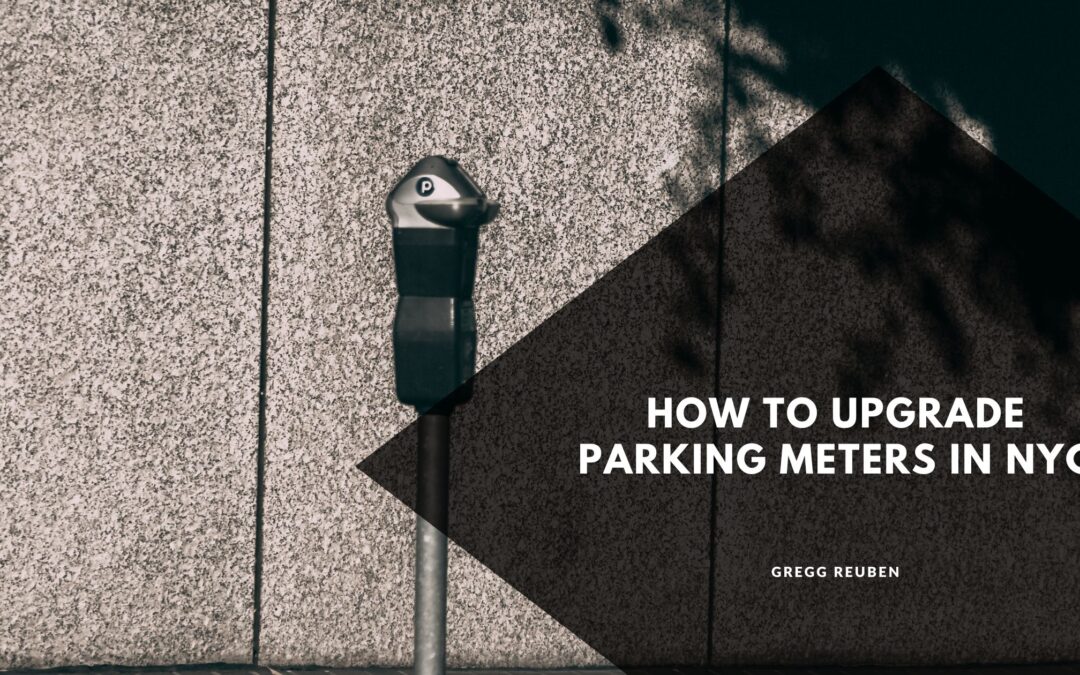New York City, known for its vibrant streets and dense urban landscape, is constantly evolving to keep up with the needs of its residents and visitors. One such aspect that requires an upgrade is its parking meter system. At the same time, NYC has made significant strides in modernizing its infrastructure, but parking meters still present challenges that can be addressed with innovative solutions. Here’s how NYC can upgrade its parking meters to enhance convenience, reduce congestion, and improve the overall urban experience.
1. Embrace Smart Meter Technology
One of the most effective ways to upgrade parking meters is by incorporating innovative technology. Smart meters are equipped with digital interfaces and sensors that provide real-time data on parking availability. These meters can communicate with a central system, allowing drivers to see which spots are available through a mobile app or website. This reduces the time spent searching for parking, which minimizes traffic congestion and reduces emissions. Additionally, smart meters can be programmed to adjust pricing dynamically based on demand, encouraging turnover in high-demand areas.
2. Integrate Mobile Payment Options
While many of NYC’s parking meters currently accept credit cards, integrating more comprehensive mobile payment options would enhance convenience. Mobile payment apps like ParkNYC allow users to pay for parking, receive alerts when their time expires, and even remotely extend their parking session. Expanding these capabilities to include contactless payment methods like Apple Pay, Google Wallet, and other popular digital wallets will cater to the preferences of a broader range of users, making the parking experience smoother and more user-friendly.
3. Implement Solar-Powered Meters
Sustainability is a crucial concern for cities worldwide, and NYC is no exception. Upgrading parking meters to solar-powered units would significantly reduce energy consumption. Solar-powered meters contribute to the city’s sustainability goals and reduce maintenance costs by eliminating the need for frequent battery replacements. Furthermore, these meters can operate independently of the electrical grid, ensuring continuous operation even during power outages, which is particularly crucial in a bustling city like New York.
4. Enhance Accessibility Features
To ensure that parking meters are accessible to all, it’s essential to consider the needs of people with disabilities. Upgraded meters should include features such as larger screens with high-contrast displays, voice guidance, and easy-to-use tactile buttons. Additionally, meters should be placed at an accessible height, with adequate space around them for wheelchair users. Incorporating these features complies with ADA regulations and promotes inclusivity, making NYC a more welcoming city for everyone.
5. Deploy Real-Time Monitoring and Maintenance
Maintenance is a critical aspect of any urban infrastructure. Parking meters are prone to wear and tear, vandalism, and technical glitches. Upgrading to a system with real-time monitoring capabilities can help identify issues immediately, enabling prompt repairs and minimizing downtime. A central monitoring system can also optimize the deployment of maintenance teams, ensuring meters are always in working condition and maximizing revenue for the city.
6. Offer Incentives for Compliance
Encouraging compliance with parking regulations is essential for reducing congestion and ensuring the availability of parking spots. NYC can introduce incentives for drivers who use digital payment methods or vacate their spots promptly when their paid time expires. This can be achieved through a rewards program integrated into the parking app, where users earn points or discounts for good parking behavior. Such incentives can foster a culture of compliance and courtesy among drivers.
Conclusion
Upgrading parking meters in NYC is not just about installing new hardware; it’s about reimagining the entire parking experience for the city’s diverse population. By embracing innovative technology, integrating modern payment options, and prioritizing sustainability and accessibility, New York City can create a more efficient, user-friendly parking system that meets the needs of its residents and visitors alike. With these upgrades, NYC can take a significant step toward becoming a more innovative, more sustainable city.

